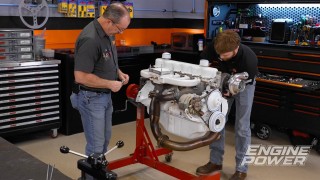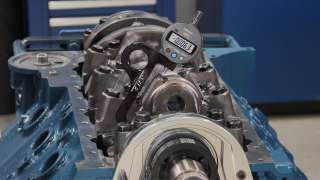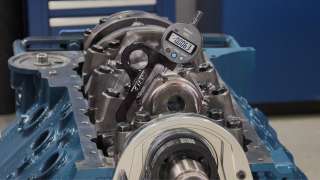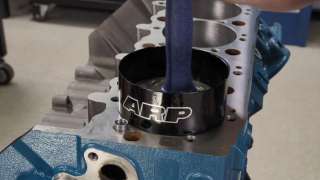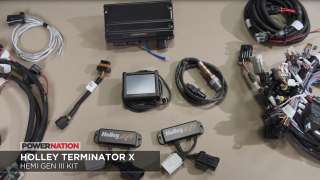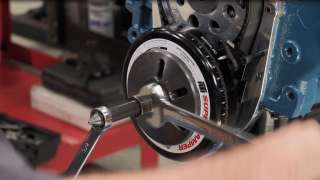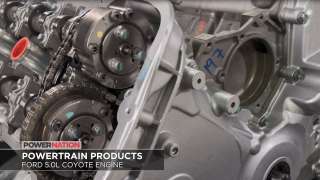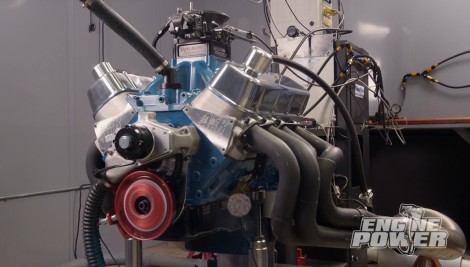
A 632 Big Block Chevy Is the Perfect Fit For This '77 Tow Truck Sleeper
We build a 632 big block Chevy to power an unusual hot rod project for the Carcass shop.
Season 7
Episode 12
Hosts: Mike Galley, Pat Topolinski
First Air Date: August 17, 2020
Duration: 21 minutes 30 seconds









